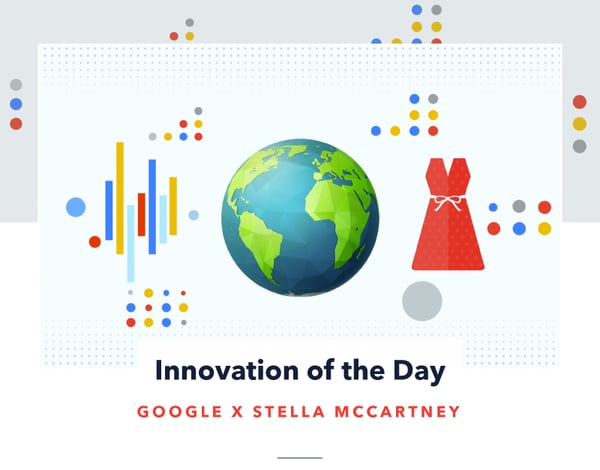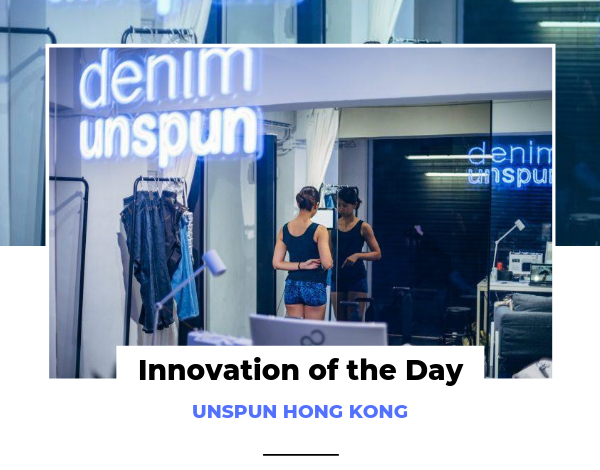
This is a Fashion innovation from The 70 Best Trend-Driven Innovations of 2019.
May 2019 saw Google and Stella McCartney announce a sustainable fashion pilot program at the Copenhagen Fashion Summit. The British fashion designer has been a long-time advocate for sustainable fashion, and will now use Google Cloud data analytics and machine learning to give the brand a more detailed view into its supply chain. The initiative will analyze data to better measure the impact of raw materials in relation to key environmental factors such as air pollution, greenhouse gas emissions, land use and water scarcity. Google is focusing on the raw materials phase of fashion production, as that is when the environmental impact is greatest.
This innovation signals an important shift in how the most progressive brands think and act when it comes to sustainability. Here are two big insights to apply to your organization:
Eco-data science. Big data is big (and better!) business. Yes, brands will continue to be able to highlight their sustainability credentials with clever marketing campaigns and/ or limited-edition products: think Allbirds’ recent Earth Day drop. But alongside these efforts, the smartest brands will be those who use data to make meaningful changes to their internal processes and operations. Starbucks’ open-sourcing of its Greener Stores framework is another great example. Similar to this initiative, the coffee chain is partnering with deep industry experts to access the most useful data analytics and insights in order to ensure positive impact. Can you use big data to make your business more sustainable? Who could you partner with to do that?
Everything illuminated. Transparency triumphs! According to Sprout Social, almost nine out of ten people will stop purchasing from brands that lack transparency. That’s hardly news. But we continue to see the frontiers of transparency expanding. Consumers want to be able to know everything: from the supply chain of their clothes to the quality of their air; from the purity of their milk to the ingredients in their perfume. You’ve almost certainly opened up parts of your business. Now ask yourself: which areas of your business are still not fully transparent? What benefits could you gain by shining a light into them?
Want to receive B2C innovations, every weekday, straight to your inbox?
Received daily by 100k+ business professionals in 180+ countries.
Read now »
Related innovations

-1.png)




